I would like to introduce myself. I am an bug, more technically an insect. It seems to me that the giants of creation are more amazing than us bugs. But in reality, we bugs have strange references. You could say that many of us are miniature artisans. In the age of small transistors, miniaturized craftsmen and workers must be interesting.
Let me talk about some of my cousins, the ants of the Amazon rainforest. These craftsmen build gardens suspended between trees and shrubs, where they also make their nests.

They do it this way: they take the earth and place it in increasing quantities on the branches. The passages and chambers are therefore expertly hollowed out and reinforced with a material similar to paper. Then special seeds are planted in older gardens. The new gardens grow larger and eventually wrap around the anthill on the tree, protecting it from the intense sun and rain.
These hanging gardens intrigue the humans who study us. One reason is that the plants in these insect-made hanging gardens are apparently different from those growing elsewhere. So far, its experts have identified fourteen different plant species, and none have been found growing anywhere other than these hanging gardens! Maybe only the ants know their location. The Hanging Gardens of Babylon were once considered one of the Seven Wonders of the Ancient World, but for centuries we have achieved a similar wonder - and in miniature!
Upholstery and tailors
We have a lot of great liners in my family. I know a variety of bees that do a great job.

These delicate craftsmen coat all creative cells with successive layers of an incredibly delicate membrane, brighter than the finest satin. It even shines! Imagine, they use their tongues like delicate paddles and produce all the coating on their body, a special secretion.
Among drones or thistles, there is one species that is no more than half an inch. The female collects material from outside instead of secreting it from her body. The material is a soft substance that you get from various plants. Your pleasure is to fill your base of operations. Some species create their cells by coating hollow reeds, hollow snail shells or wormholes, and even gun barrels can be coated.
Other members of my family are tailors. They must be to avoid being eaten or to take a meal. My relatives differ from human tailors because insect tailors only make clothes for themselves, not for others. We do sophisticated work.
You might think it's a bane, but the moth is a good tailor. The larva of this clothing-eating moth lives in a box or cocoon made of pieces of wool, fur, or other material tied with silk. As the size of the larvae increases, the box becomes very narrow. Since the seams cannot be "loosened", the larva cuts along one side of the tip in half and inserts new material and increases the size of the cocoon. Then do the same with the other side, to preserve symmetry. The result? You might be mad, but my cousin made a great coat without depriving herself of protection during the makeover.
Experimentally, this little tailor was made to weave a diaper of different colors and then place it on fabrics of different shades.
I am also impressed with Cousin Caddis' flying skills
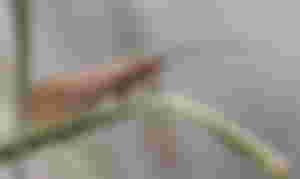
. Caddis fly larvae usually live in streams. A small house or a box is built here, each species builds its own type of underwater house. First, the larva forms a tubular silk refuge. However, more needs to be done to protect the deliciously soft body of the caddis of all diners, so that the caddis strengthens the shelter by adding any material of its choice - stones, sand, seashells, etc. Some species create a protective blanket from the leaves that wrap around their silk tube. If preferred material of a particular species is not available, caddis will be satisfied with what is available.
A kind of caddis prefers to keep a series of small aquatic snails in its silk shelter, whose tenants are still inside, fully alive. This live snail protective blanket is apparently bulky, so this tailor adds a small stick to each side, giving it the necessary buoyancy, but not enough to float in the wonderfully proper frame. Caddis' long legs stick out of her shelter and she easily drags her mobile home as she moves to search for food. To make matters worse, this little creature can increase the girth and length of your fabulous home while submerged in running water!
Builders
We insects have wonderful builders. And the way we build perfectly meets our needs. Let's take a familiar example, a honeycomb cell.
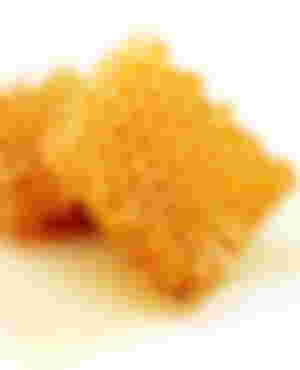
It is a six-sided structure: a hexagon. For the bee that has the precise shape needed! See, a six-sided cell contains more honey than a triangular or square cell. This project also gives strength through contact with all neighboring cells. Of course, bees know nothing about geometry, which is why this example of skill was called "the most wonderful instinct known."
Yes, thanks to the instinct with which we were created, we little craftsmen perform incredible feats. Consider, for example, the profession of website creation. Although spiders are not technically classified among us insects, they are miniature artisans. Distance measurement, angle calculation, parallel cable tracing and complex construction geometries are involved in the construction of the network. Consider a twenty-two-inch cobweb built by a spider. How much work did it take? It only took thirty-six minutes. There were 122 feet of line, which were tied at 699 points. The spider traveled 178 feet without ever getting confused or stuck!
Interestingly, spiders get greasy only where they come into contact with their web. A 6-inch Indian jungle spider begins to smear oil at dusk for about an hour, exhibiting an instinct that involves prediction, allowing nothing to be lost.
We insects have termites in Africa building hills that you humans also consider engineering marvels. Some of these structures look like giant mushrooms. And architectural styles vary depending on the conditions they encounter. In one area, termite builders could build a kind of castle with towers; In an area with different terrain, the hill can look like a six meter high bell tower.
One of the most impressive hills built by an insect is found in Australia. Here, some termites build what is called a "compass." It can be 3.6 meters high and three meters long and is almost always built to point north to south; the flat sides face east and west. I understand that your insect experts still don't understand why these miniature craftsmen build their mounds like compasses. And as for us, we do not say.
Drills and miners
Then there's the female ichneumon fly, which has a hair-like tube 5 to 12 centimeters long.
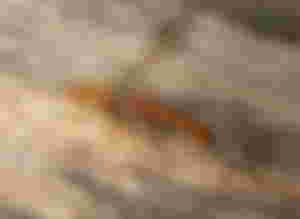
With it,it can drill several centimeters into the trunk of a tree and reach the hidden tunnel of a wood-eating insect. Then, through the tube, it lays its eggs which, once hatched, eat the other insects. How does a thin barrel pass through solid wood? At the end of the tube there are small teeth that are used to cut the fiber. The ability of this fly to determine where to drill is also incredible. Just carefully explore a tree, occasionally hitting its antennae. Finally, she is satisfied and places the claws of her feet in the shell and begins to pierce the hidden target: the target!The incredible miners are the larvae of the wood wasp. In one case, the wood wasp laid its eggs on a piece of pine wood which was then covered with an inch and a half (fifteen layers) of lead. As the larvae emerged, they tunneled through the wood and collided with the lead casing. Attacking vigorously with their jaws, they bit down layer after layer, losing some to death in stages, but others managed to pierce an inch and a half of solid lead. And the children did it, driven by instinct!
The other fantastic Bugdom miners are the sauba ants and some termites. Once, several saúvas dug a tunnel under the bed of the Paraíba River, a Brazilian river as wide as the Thames on London Bridge. And some desert termites dig vertical tunnels up to 40 meters deep in the sandy soil! When they reach the water, they bring what they need to the nest.
There is so much more I could tell you. After all, the number of creatures far exceeds humans, so many of us get to know each other. But what you read is enough for today. I took the opportunity to better present you as miniature craftsmen. Hope this gives you a new perspective which can make us seem more wonderful than boring.
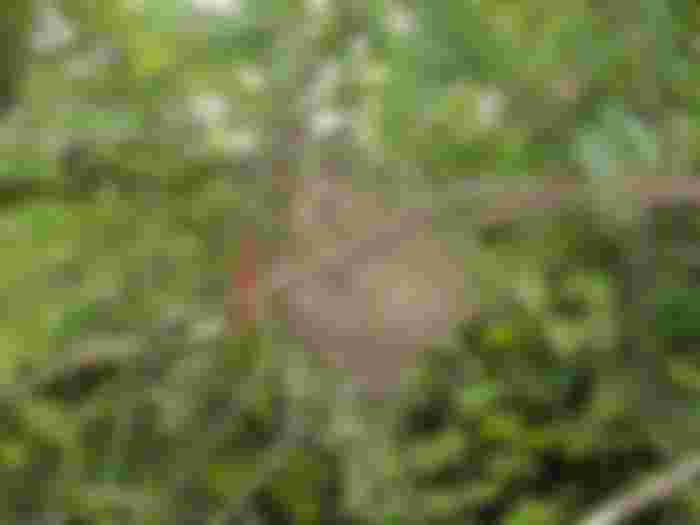
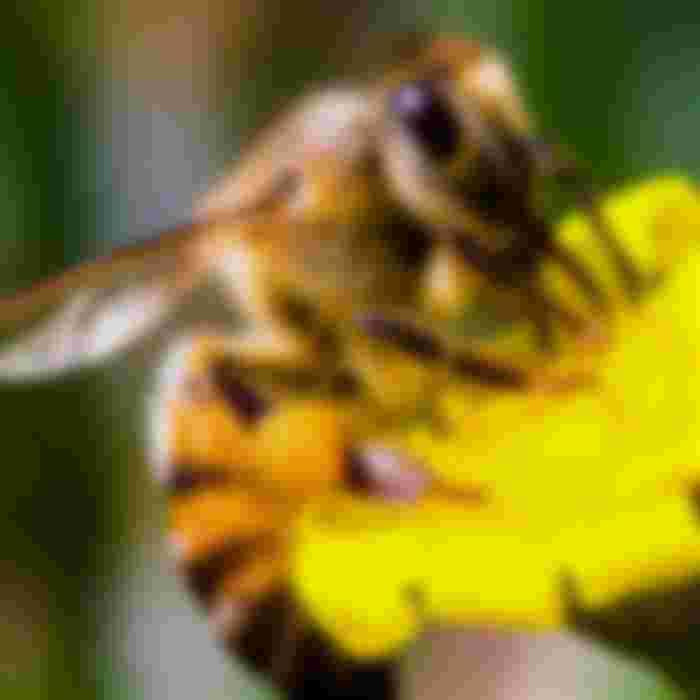
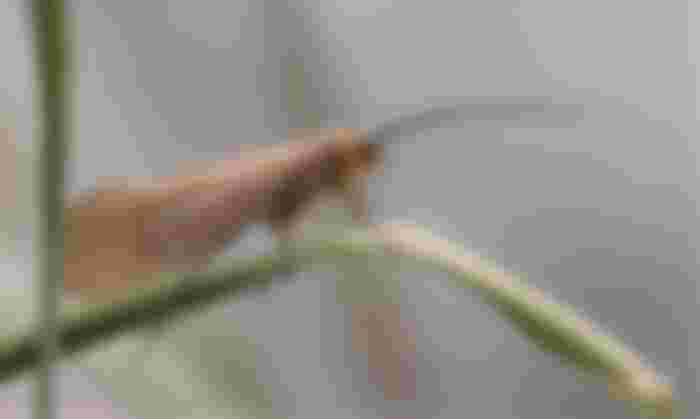

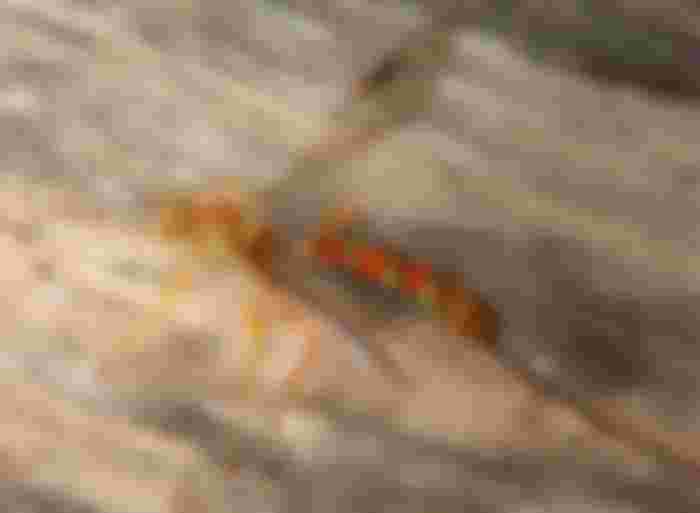
Beautiful good one